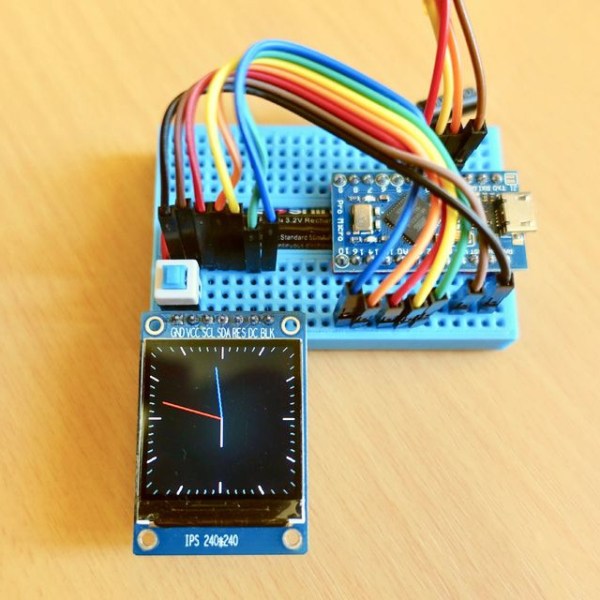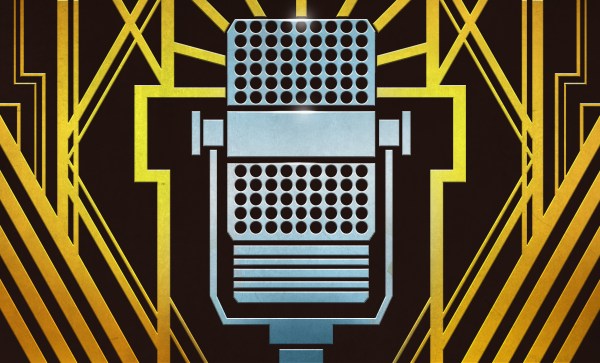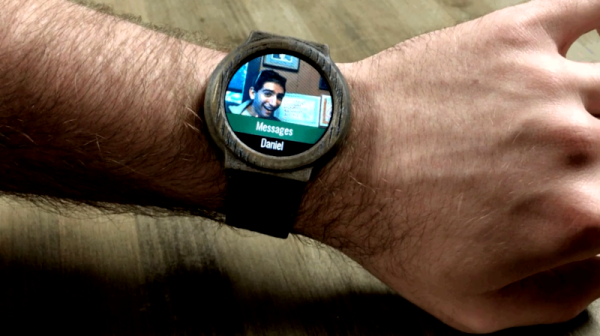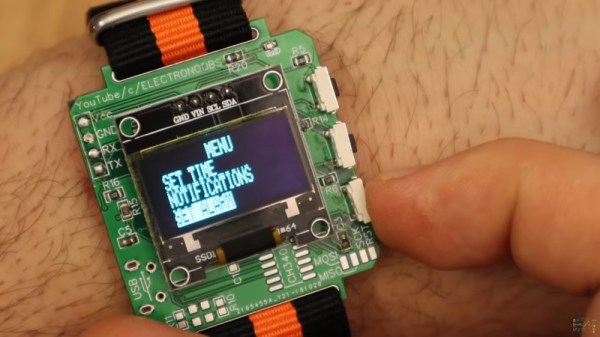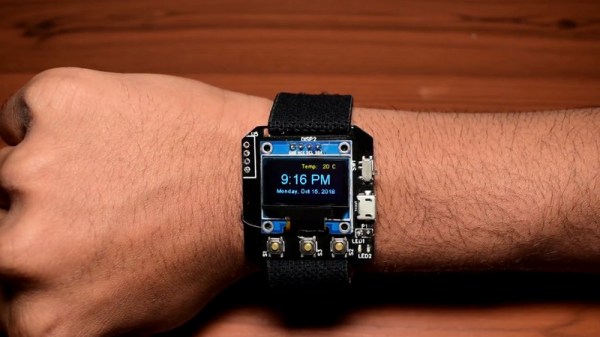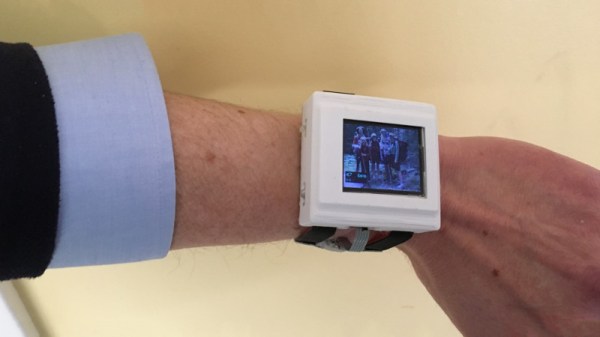Since Dick Tracy all the way back in ’46, smart watches have captured the public imagination. After several false starts, the technology has gone through a renaissance in the last 10 years or so. For the average consumer, there’s been a proliferation of hardware in the marketplace, with scores of different models to choose from. For the hackers, however, pickings are a little more slim. So what is the best smart watch for the tinkerers among us? Continue reading “Ask Hackaday: What’s The Perfect Hacker Smart Watch?”
smartwatch61 Articles
A Look At The Basics Of Building An Arduino Watch
Miniaturization has made smart watches possible, even for the DIY maker to tinker with. For those just getting to grips with basic digital electronics, it can be daunting, however. For those just starting out, [陳亮] put together a handy guide to building the core of an Arduino-based watch.
The writeup starts at the beginning, going over the basic hardware requirements for a smart watch. This involves considering size, packaging and power draw, as well as the user interface. The build settles on an Arduino Pro Micro, as it uses the ATmega32U4 which eliminates secondary USB-to-serial chips, helping cut down on power consumption. A square IPS LCD display is used to display an analog-style watch face, and time is kept by a DS3231 real-time clock. A pair of small vibration sensors are used to wake the watch when the user moves their wrist to check the time.
While it doesn’t cover the final assembly into a watch-like form factor, it’s a handy guide on what it takes to build a working watch for those who are still getting their feet wet with hardware. Once you’ve got that down, it’s time to contemplate how you’ll build the sleek exterior. Naturally, a good maker has that covered, too.
Hackaday Podcast 017: Are Cheap Microcontrollers Worth It? Android On Your Bike. Plus Food Printers And Coffee Bots
Join Editors Mike Szczys and Elliot Williams as they recount a week of fascinating hacks. We take a good look at the PMS150C, a microcontroller that literally costs pennies but can only be flashed once. SNES emulators have a new trick up their sleeves to make low-def a lot less low, and you retro enthusiasts will either hate or love the NES zapper chandelier. Elliot’s enamored by a bike computer running Android core, and both Mike and Elliot delve into the food hacking scene, be it meat, chocolate, coffee, or of course frosting!
Take a look at the links below if you want to follow along, and as always, tell us what you think about this episode in the comments!
Take a look at the links below if you want to follow along, and as always, tell us what you think about this episode in the comments!
Direct download (60 MB or so.)
Scratch Built Smartwatch Looks Pretty Darn Sharp With 3D Printed Case And Round LCD
These days, if you want a smart watch, you’re spoiled for choice. The major smartphone players all have devices on the market, and there’s plenty of third party manufacturers vying for your dollar, too. You might think it’s impossible achieve the same finish with a 3D printer and a reflow oven, but you’re wrong. [Samson March] didn’t quite fancy something off the shelf, though, and instead build an amazing smartwatch of his own.
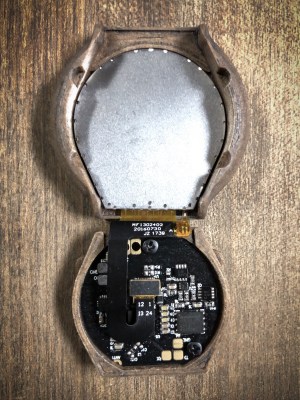 The beautiful case is printed in a woodfilled PLA — consisting of 70% plastic and 30% sawdust. This allows it to be sanded and stained for an attractive final product. Printing artifacts actually add to the look here, creating somewhat of a woodgrain effect. There’s a round LCD for a more classical watch look, which displays various graphics and even contact photos for incoming messages. Like most smartwatches on the market, it uses Bluetooth Low Energy for communication, and has a rechargeable lithium battery inside. Estimated battery life is approximately one week, depending on the frequency of use, and the recharging base he fabricated is as beautiful as the watch itself.
The beautiful case is printed in a woodfilled PLA — consisting of 70% plastic and 30% sawdust. This allows it to be sanded and stained for an attractive final product. Printing artifacts actually add to the look here, creating somewhat of a woodgrain effect. There’s a round LCD for a more classical watch look, which displays various graphics and even contact photos for incoming messages. Like most smartwatches on the market, it uses Bluetooth Low Energy for communication, and has a rechargeable lithium battery inside. Estimated battery life is approximately one week, depending on the frequency of use, and the recharging base he fabricated is as beautiful as the watch itself.
It’s a tidy build that shows off [Samson]’s design skills, and files are available on GitHub if you’d like to make your own. Laying out the full design in Fusion 360 prior to the build enabled the watch to be optimized for size constraints, creating an attractive and comfortable piece. With that said, if you’re a fan of a more hardcore electronic aesthetic, perhaps something 8-bit might be more your speed.
[via reddit, thanks to Aliasmk for the tip!]
A Smartwatch You Can Easily Build Yourself
The concept of a smartwatch was thrown around for a long time before the technology truly came to fruition. Through the pursuit of miniaturisation, modern smartwatches are sleek, compact, and remarkably capable for their size. Companies such as Apple and Samsung throw serious money into research and development, but that doesn’t mean you can’t create something of your own. [Electronoobs] has done just that, with this Arduino-based smartwatch build.
The brain of the watch is that hacker staple, the venerable ATmega328, most well known for its use in the Arduino Uno and Nano platforms. An FTDI module is used for USB communication, making programming the board a snap. Bluetooth communication is handled by another pre-built module, and a smartphone app called Notiduino handles passing notifications over to the watch.
This is a build that doesn’t do anything crazy or difficult to understand, but simply combines useful parts in a very neat and tidy way. The watch is impressively thin and compact for a DIY build, and has a host of useful functions without going overboard.
We’ve seen other DIY builds in this space, too – such as this ESP8266-based smartwatch. Video after the break.
Continue reading “A Smartwatch You Can Easily Build Yourself”
A Multifunction ESP8266 Smartwatch
Most of the DIY smartwatch projects we feature here on Hackaday aren’t exactly what most people would consider practical daily-use devices. Clunky designs, short battery life, limited functions: they’re more a wearable display of geek cred than they are functional timepieces. Oddly enough, the same could be said of many of the “real” smartwatches on the market, so perhaps the DIY versions are closer to the state-of-the-art than we thought.
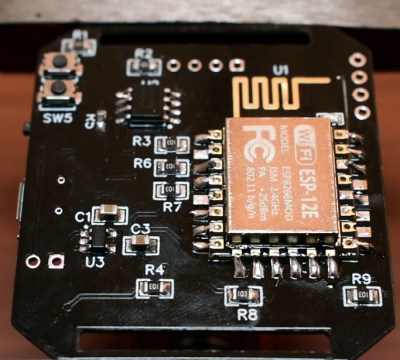 But this ESP8266 smartwatch created by [Shyam Ravi] is getting dangerously close to something you could unironically leave the house with. It’s still missing an enclosure that prevents you from receiving PCB acupuncture while wearing it, but beyond than that it has a more than respectable repertoire of functions. It even seems to be a fairly reasonable size (with the potential to be even smaller). All that with a total build cost of less than $20 USD, and we’re thinking this might be a project to keep an eye on.
But this ESP8266 smartwatch created by [Shyam Ravi] is getting dangerously close to something you could unironically leave the house with. It’s still missing an enclosure that prevents you from receiving PCB acupuncture while wearing it, but beyond than that it has a more than respectable repertoire of functions. It even seems to be a fairly reasonable size (with the potential to be even smaller). All that with a total build cost of less than $20 USD, and we’re thinking this might be a project to keep an eye on.
Not content with a watch that simply tells the time, [Shyam] added in a weather function that pulls the current conditions for his corner of the globe from the Yahoo weather API and displays it above the time and date on the watch’s multi-color OLED display when the center button is pressed. Frankly, given the state of DIY watches, that would already have been impressive enough; but he didn’t stop there.
The left and right buttons control Internet-connected relays which [Shyam] uses to turn his lights and air conditioner on and off. When he presses the corresponding button, the watch will even display the status of the devices wherever his travels might take him.
A smattering of DIY watches pass by our careful gaze, though it’s been a while since we’ve seen an ESP8266 watch. More recently we’ve seen an Arduino watch, and some downright gorgeous analog creations.
Heartwatch Monitors Your Ticker
The heart! A pump of the most fantastical kind, it is capable of operating for decades without rest. It’s responsible for supplying vital oxygen to the body’s subsystems, and can be readily monitored with modern technology. [Dave Vernooy] wanted to build a watch that could take heartrate and blood oxygen measurements – so he did.
Named Heartwatch, the device is a DIY smartwatch build with a bunch of exciting features. Heart monitoring is taken care of by the MAX30102 sensor which integrates all the hardware to sense heart rate and oxygen saturation into a single tiny plastic package. There’s then an assortment of accelerometers, gyros and even a color LCD to display all the wonderful information.
It’s all wrapped up in a 3D printed case, with an ATMEGA1284 running the show. The project just goes to show how much can be achieved with an 8-bit processor – there’s not always a need to run a high-powered ARM chip for an embedded project.
There are a fair few DIY smartwatch builds out there – like this classy unit with an OLED screen.


